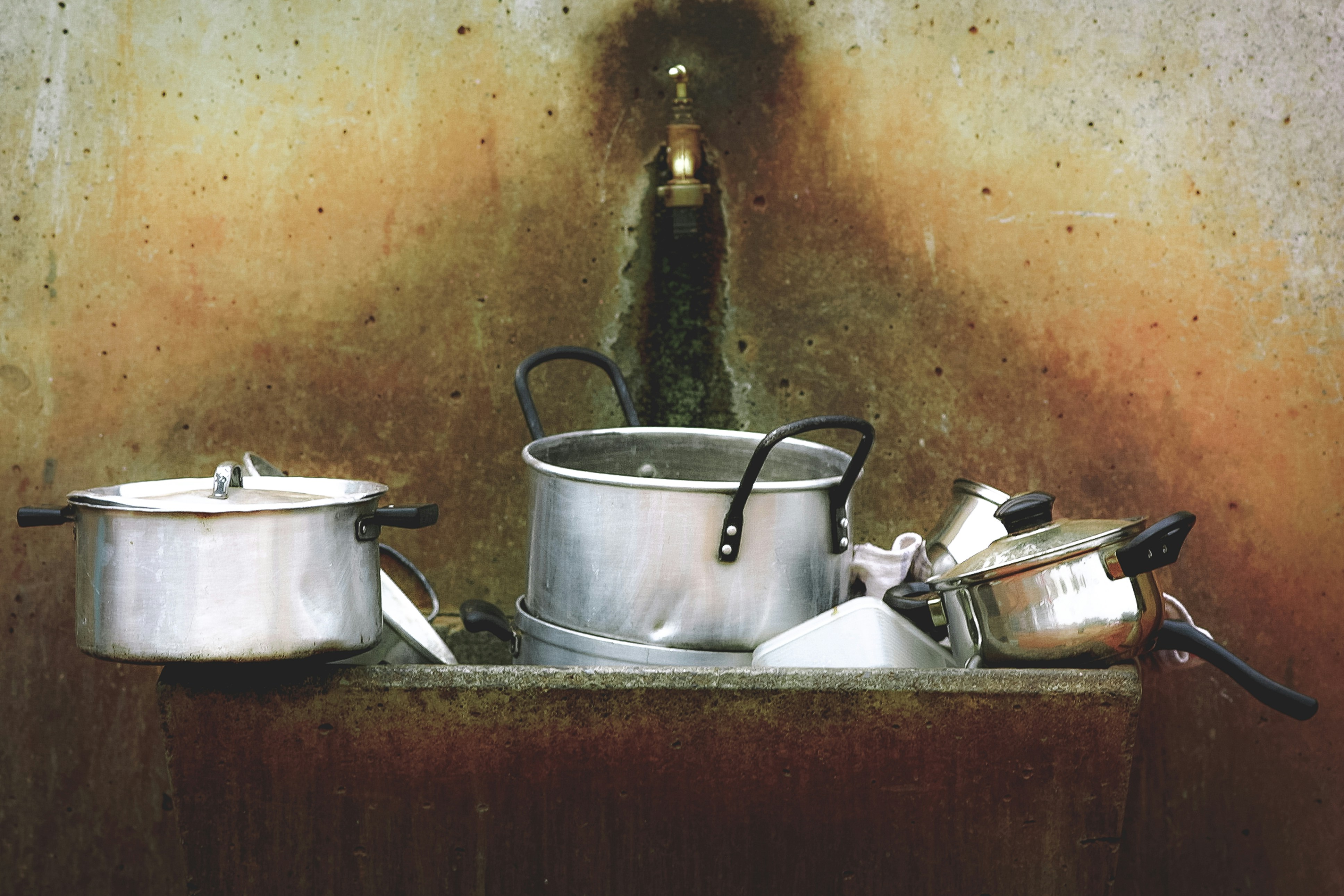
Are you accustomed to letting the water flow when washing dishes? Or do you always ensure your dishwasher is fully loaded? Perhaps you tend to pre-rinse your plates before loading them into the dishwasher? Before deciding which approach might be optimal, take a closer look at these practices of yours.
Water Consumption
The most recent models of dishwashers are highly efficient and utilize minimal water. To wash a set of 12 place settings, these modern appliances only require about ten liters of water. This quantity is comparable to what flows from your tap in just one minute. Nonetheless, you could also wash an equivalent number of dishes manually within a brief period.
Based on your lifestyle and the size of your household, water usage may differ. An individual might find handwashing manageable without significantly increasing water use. On the other hand, a big family should consider avoiding manual washing and opt for using the dishwasher instead.
Electricity Consumption
To function properly, the dishwasher requires both water and electricity. As reported by the media, each cycle uses up 1 kWh of electricity. Tf1 info . According to ADEME (The French Environment and Energy Management Agency) reports that energy usage stands at approximately 171 kWh per year. This figure constitutes roughly 2.3% of an average household's overall yearly energy consumption.
Is handwashing more environmentally friendly? When you wash dishes manually with hot water, keep in mind that you're also consuming electricity. Heating the water requires about 2.5 kWh of energy, which is similar to operating a hairdryer for two and a half hours, as noted. Tf1 info .
Some Useful Tips
- opt for the eco cycle on your dishwasher;
- steer clear of hot water for hand washing;
- Utilize eco-friendly products for your cleaning needs.
(MH with Raphaël Liset - Source: Tf1 info - Image: ©Unsplash)



0 Comments